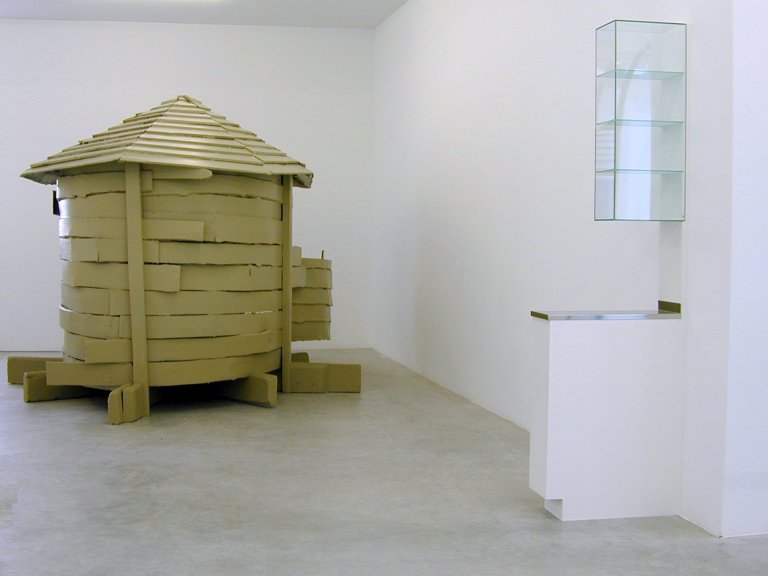
Installation view
Jonas Dahlberg, Gunilla Klingberg, Eva Löfdahl, Marjetica Potrč ,
Miriam Bäckström, Martin Creed, Jimmie Durham, Clay Ketter, Henry Krokatsis, Rita McBride, Markus Sixay, Vladimir Stenberg
»Through a Sequence of Space«
Berlin, June 01, 2002 - July 27, 2002
The relationship between architecture and contemporary art has been constantly developing during the last decades. Recent theories in architecture and urban planning have increasingly come to influence art criticism and aesthetic theory in a way un-thought of only a decade ago. Galerie Nordenhake is focusing on two seemingly contradictory aspects of the relation between art and architecture.
On one hand the practice of dismantling architectural or structural components in order to produce an interpretation of space in general and habitation in particular. Through this ‘analytic’ practice an increased understanding of the physical, as well as social conditions of human existence is generated. On the other hand we are focusing on an aspect manifested in the ‘synthesising’ practice by which artists create utopian (or dystopian) environments by the use of models and actual constructions, drawing on an understanding of different materials and the different cultural and historical contexts in which spatial constructions are set. Here we have to do with an art that perhaps is more visionary, but that still has critical potentials.
We believe that this exhibition will help focusing on an decisive tendency in contemporary art, where a profound analysis of form meets a thorough understanding of the social conditions of the world of today, in order to generate works of beauty, relevance, and interest.
The Swedish photographer Miriam Bäckström will participate with works from the series Exhibitions and Presentations, Modelhomes Stockholm, 1998, 1998-2000, where her capacity of representing places bordering between reality and fantasy comes to full expression. Last year’s Turner Prize award winner, Scottish man Martin Creed, shows a wall object, Work No 102 – a Protrusion from a Wall, 1994, that in his typical manner – mixing a subversive wit with a minimalism rooted in an instinctive anti-materialism – seems to distort the very physical conditions of a gallery space. The Swedish artist Jonas Dahlberg has in a relatively short time stirred attention with his panoramic camera slides through architectural models. In his video projection, Untitled (Vertical Sliding), 2001, the viewer will meet a world where Bentham’s ‘Panopticon’ enters into a relation with the camera technique of Stanley Kubrik’s The Shining.
Berlin based Jimmie Durham has for a longer period worked with an analysis of the relation between cultural expressions and architectural elements. Durham’s contribution will be Arc de Triomphe for Personal Use, 1997, where the counter-related codes for monumental and intimate expression in the arts are thoroughly investigated. American artist Clay Ketter (living in Sweden) explores the geometric framework of the grid in his sculptures. The grid has been a standard formula for modern artists to employ when structuring and planning pieces of art. Ketter's materials are readymade building materials found in the home (wall cabinets and kitchen units) and his paint is largely a type of household enamel put onto wallboards.
Gunilla Klingberg, Swedish artist currently living in Berlin, uses rice paper lamps in order to generate works capable of adapting to different contexts. Her Transtube System, 2001, is a work that in a paradoxical fashion uses lightness and trans-lucidity in order to dominate a room.
Combining make-do opportunism with highly developed craft skill, the British artist Henry Krokatsis shows a sculpture that is at once functional and subversive. His Hut (Better Lies), 2001, explores our physical, emotional, and intellectual reactions to enclosed architectonic space.
Eva Löfdahl, Sweden, has investigated space, habitat, and movement since the early ‘80s. In Model G, 1993, it is movement, together with an analysis of the relation between body and surrounding space that is at stake in this truly original diptych.
The interest of the American artist Rita McBride centres on the question whether and how the relationship between an object and its materiality is determined by perceptual patterns and her objects and installations, such as Parking Ramp (North), 2000, avoid both formalism of design and the aesthetics of the ready-made.
Slovenian artist Marjetica Potrc investigates the human habitat from a geo-political perspective. In a world characterised by globalisation and migration, her shacks, such as South African Core Unit, 2002, represents a zone of self-reliance and pride in the midst of an existence on the margins. Markus Sixay from Germany, uses standardised paper formats and the same computer programmes used by architects, in order to re-create dream like landscapes through a medium that eludes being defined either as drawings, paintings or objects.
As an art historical counterpoint to the contemporary art, we are proud to include KPS XIII, 1919-78 by the Russian constructivist Vladimir Stenberg († 1979) into the exhibition. For Stenberg art ought to generate a rhythmical, musical or temporal interpretation of a space otherwise often seen as ‘static.’ Art should evolve “through a sequence of space,” – a feature shared by much of today’s younger art.
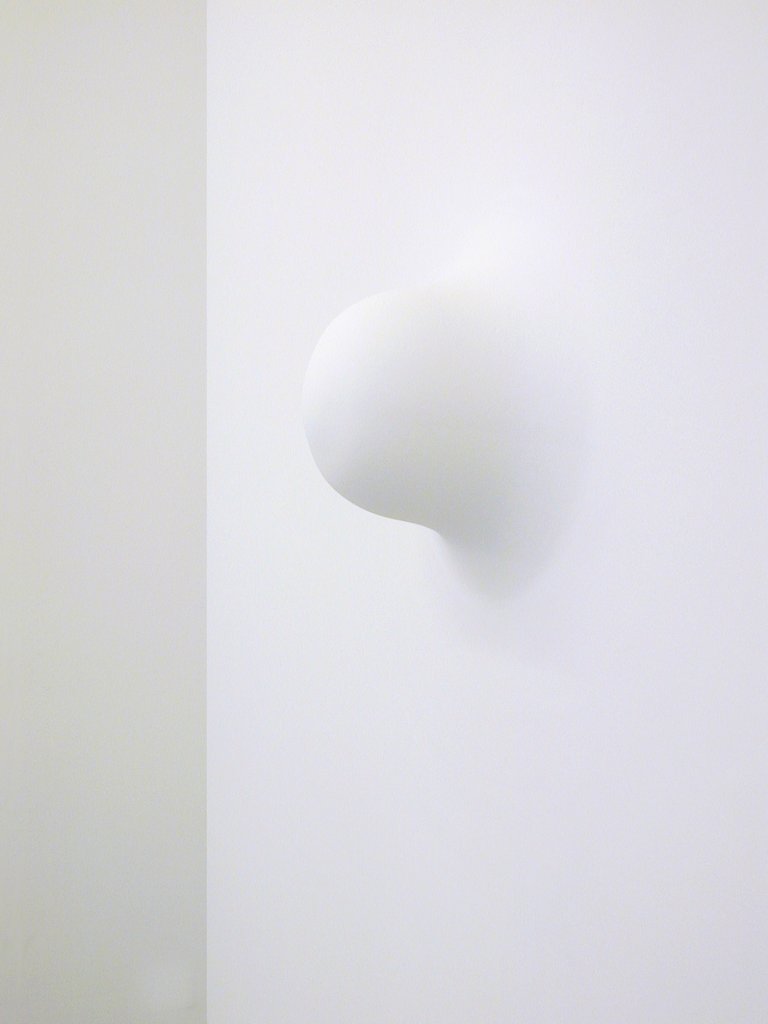
Martin Creed, Work No 102 - a Protrusian from a Wall, 1994, plaster, emulsion, paint, 46 x 46 x 23 cm
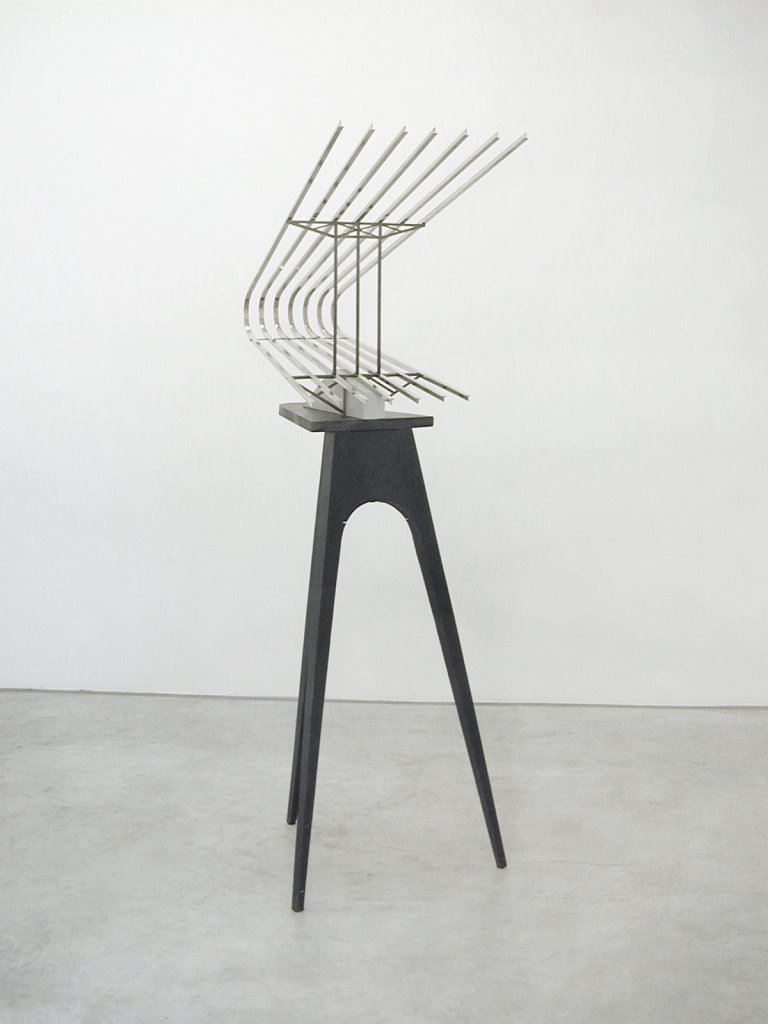
Wladimir Stenberg, KPS XIII, 1955, steel, wood, 213 x 67 x 80 cm
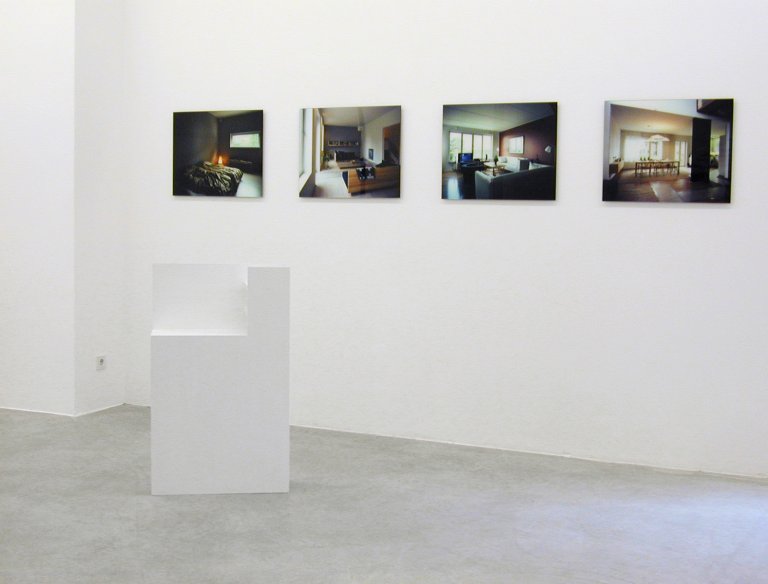
Installation view
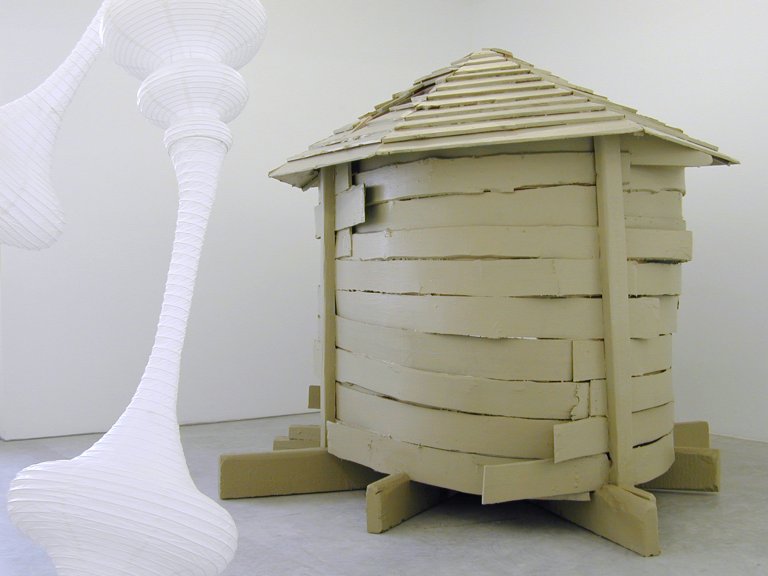
Installation view
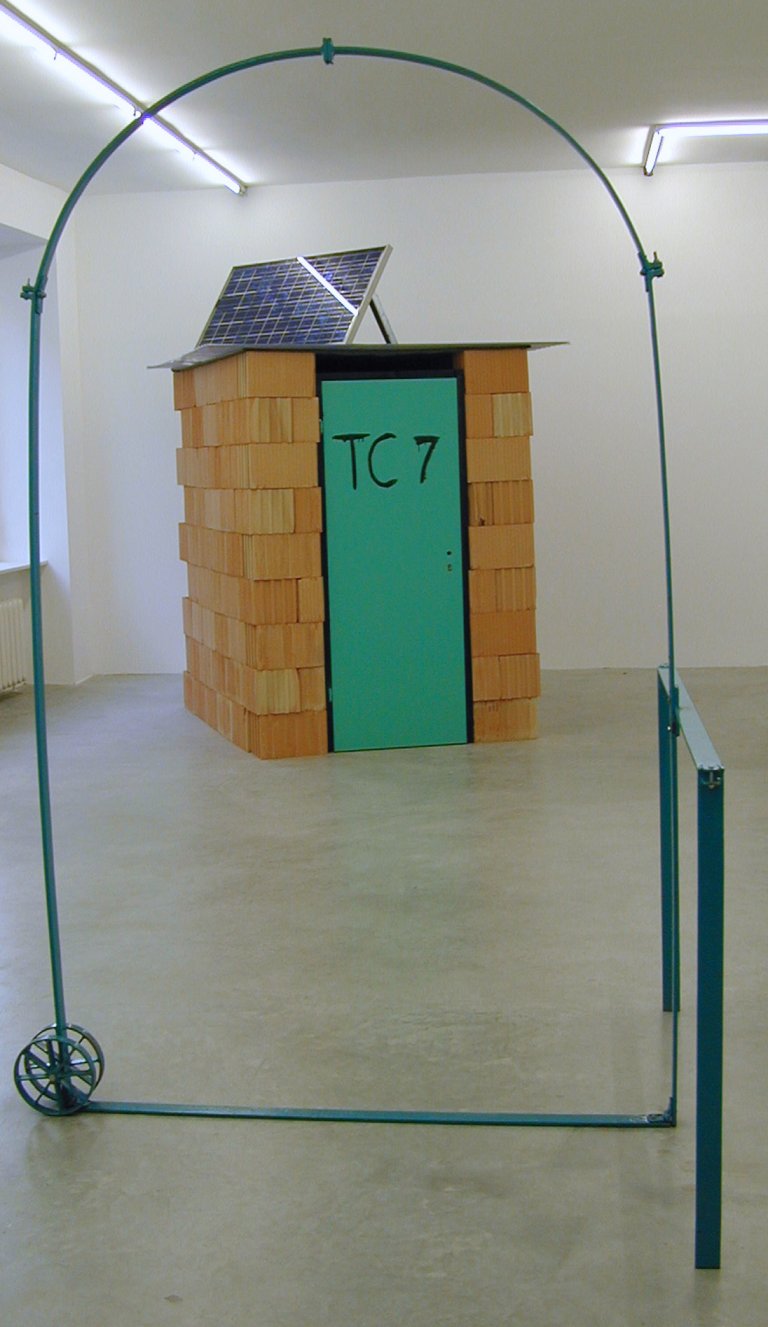
Installation view
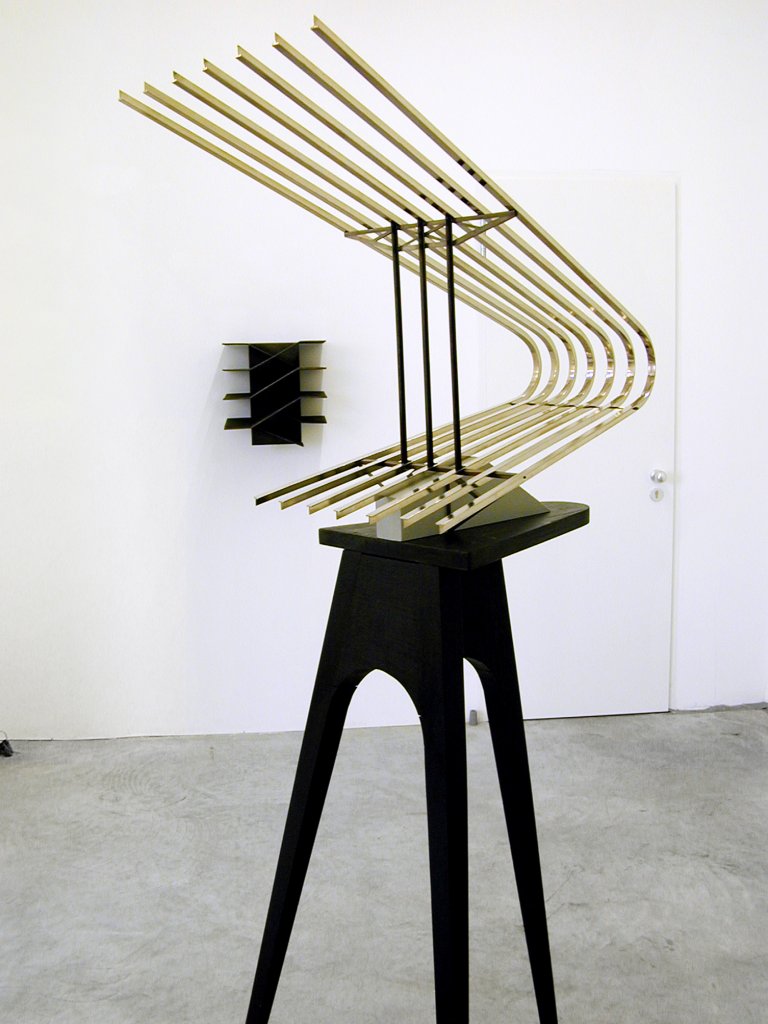
Installation view
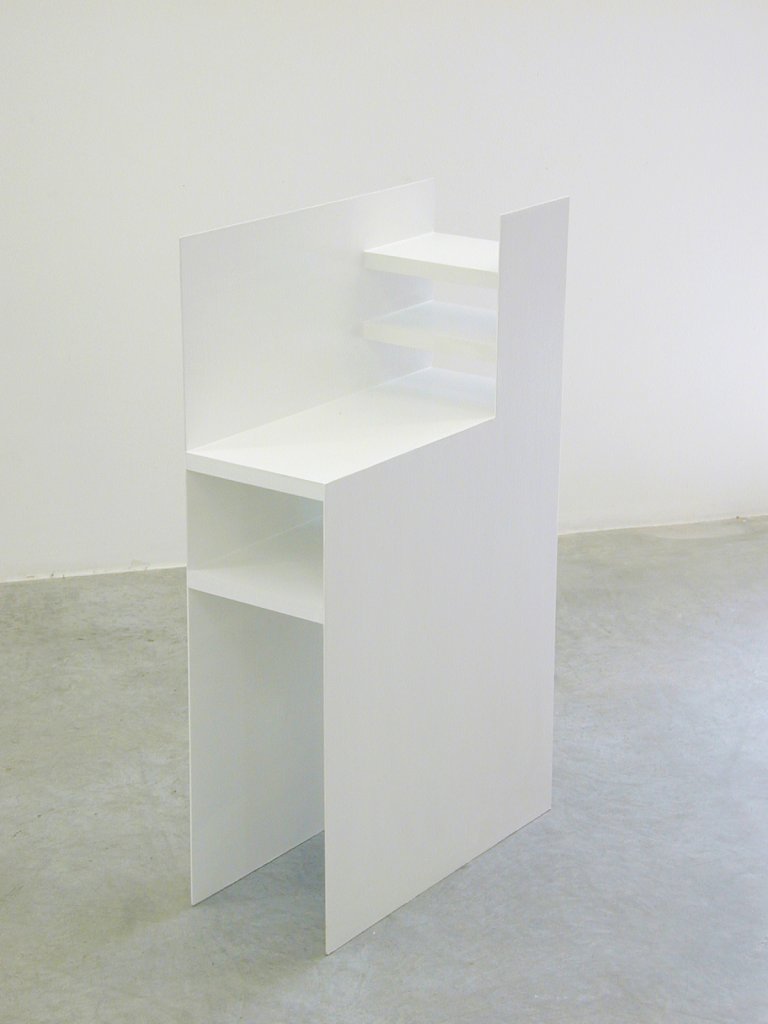
Clay Ketter, Anomaly, 1998, alkyd enamel, steel, MDF, 100 x 25 x 60 cm
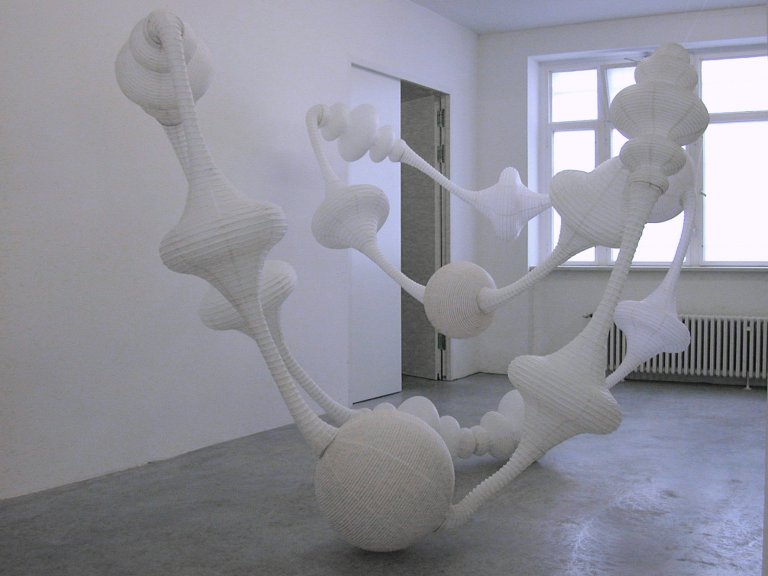
Gunilla Klingberg, Transtube System, 2001, rice paper lamps, dimensions variable
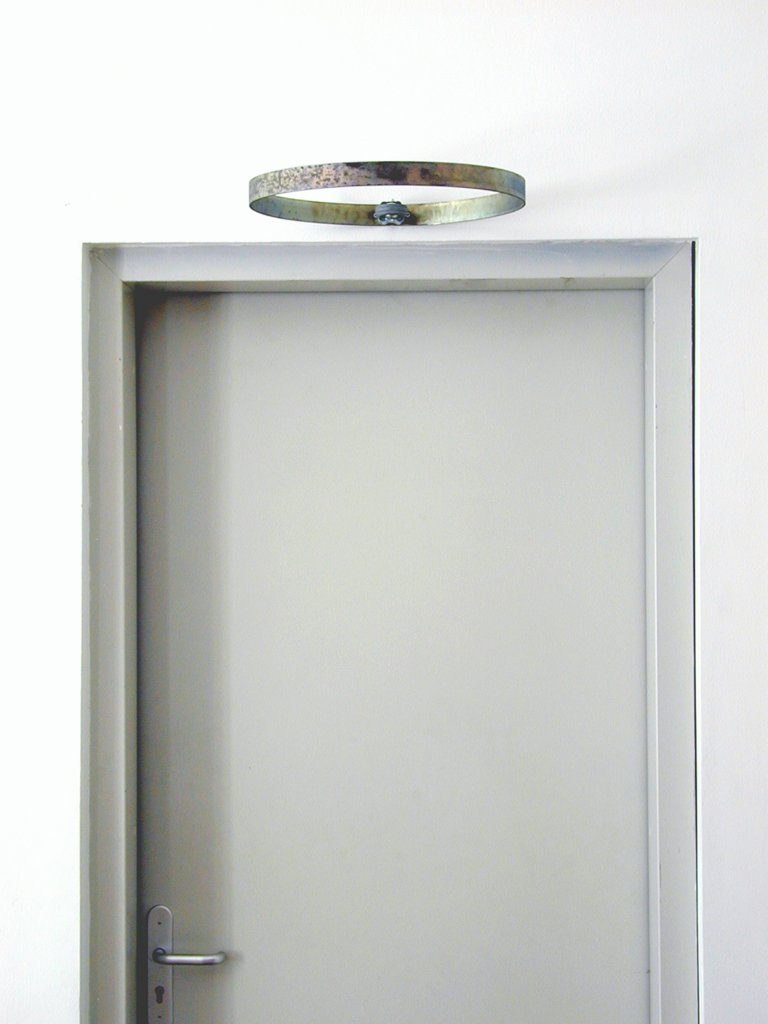
Eva Löfdahl, Model G, 1993, steel, rubber, 2 parts: each 4 x Ø 48 x 2 cm